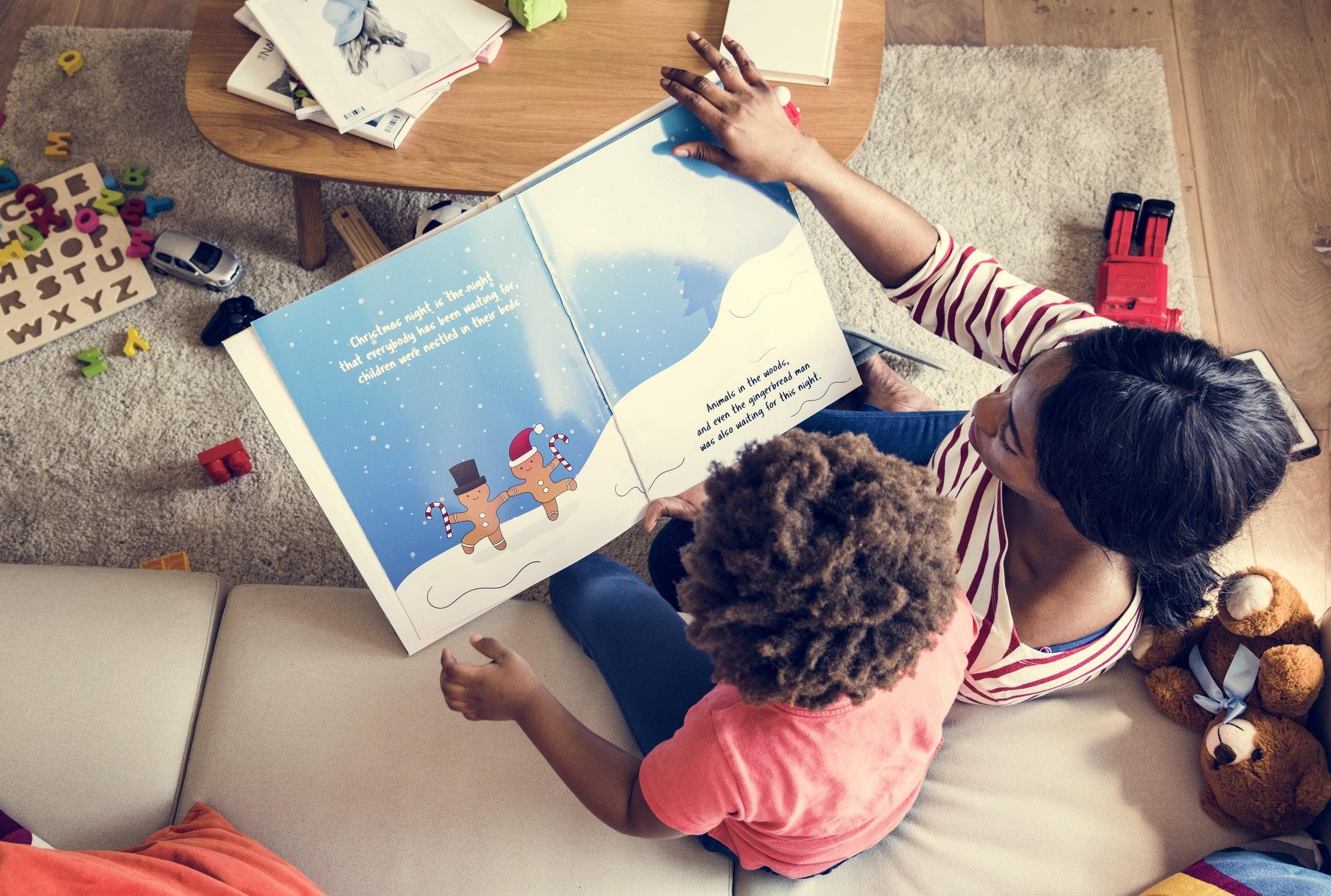They say a picture is worth a thousand words—but if that’s the case, the exchange rate into dollars must be equally impressive. After all, picture books in the US children’s book market are worth $2.6 billion, according to IBISWorld (https://ibisworld.com/industry-statistics/market-size/childrens-book-publishing-united-states.)
Picture books are written and published for children ages three to eight. Typically, parents read to their children on the younger side of that range, and as the child’s independent reading skills develop, they will read the books themselves. From nine years on, children generally prefer chapter books with the length increasing with age and reading level. This important demographic is worthy of your consideration, but the mechanics of production are much the same as a novel or other book for an adult with some unique aspects.
Your Choices
Trim size
This is the size of your book typically shown as width x height, e.g., 8×10 inches. Kindle Direct Publishing (KDP), IngramSpark, and Barnes & Noble produce full color POD books suitable for children’s books, and their distribution is the same as for all other self-published books. KDP’s minimum page count for hardcovers is seventy-six, which is over double the typical length of a picture book. Not all trim sizes are available on all platforms, so make sure that your chosen trim size is available everywhere you wish to distribute.
If you’re unsure what sizes are appropriate for your book, visit your local library and bring a tape measure. Many online platforms may list the trim size as well. While you’re doing your research, you can also take note of what you see and like related to the following choices. Traditionally published books have a wider range of trim sizes than POD, but you’re still likely to find a greater variety within indie published titles than on the typical novel shelf. Your investigations can also tell you if portrait (height is greater than width), landscape (width is greater than height), or square (width and height are equal) formats are more common or closer to what you prefer.
Illustrations
You’ll want to determine the style of illustrations and the type that you want for your book. Are they sharp and solid? Are they soft and flowing? Vibrant colors or muted? Black and white or full color? Artists have their own style, so you’ll want to find and work with an illustrator that suits your style and book.
To find an illustrator, you can join children’s author and illustrator groups on Facebook or look on art sites for an artist with a style you like. Most illustrators are acknowledged on the cover or within a book, so you can also glance through children’s books and contact an artist directly if you like their work. Most illustrators who work with traditional publishing houses have an agent, so you may need to dig deeper to find the agent’s contact information. Some authors work with emerging artists in their local community. If you work with an artist who doesn’t typically illustrate books, you’ll probably need to work more closely with them to help them understand margins and bleeds as well as the way the text may interact with their artwork.
What we’re calling the type of image includes vignette, full-page, and full-spread images. Full-page and full-spread images will need to account for page bleed while vignettes should fit on the page without encroaching on the edges. For POD purposes, the size of the illustration doesn’t affect the cost. Any color on any page makes the entire book in color, so your cost will not be affected by those variances.
<<<Side bar: Bleed is an extra border outside the trim size of the page so that the full color of the illustration that goes to the edge of the page never has a white border or blank page unless the printing process has gone seriously awry.
The size and complexity of the illustration will probably affect the cost of the illustrations themselves though, so work with your illustrator to come up with a package that will best suit your book. You can use a variety of illustrations throughout the entire book.
Remember that the illustrations are as important as your words. Your illustrator is your partner and ally—not your adversary—throughout this process. This should be a win-win-win process for all involved: for you, the illustrator, and for the children who will read and love your book.
Putting It Together
Once you have your illustrations and your manuscript edited, it’s time to format your book. POD platforms require a single PDF file for the interior of your book as pages and with the appropriate bleed if needed. You’ll also want to tick the appropriate box for with bleed or without when uploading your files for best results.
Formatting a children’s book can be done in InDesign, a robust publishing program part of the Adobe Creative Cloud suite, though you can also pay $20.99 per month for InDesign alone. The program has a fairly steep learning curve, although this would be lower for a picture book than for a more complex document. If that seems too pricey, Affinity Publisher is an InDesign alternative available for a onetime fee of $59.12 instead of as a subscription.
Other children’s book authors report using alternatives such as Canva, Google Slides, or PowerPoint. As long as you can export your interior as a single PDF in your trim size, you should be fine.
You’ll need to have your illustrations created at sufficient size so that your formatted book will be 300 dots per inch for high-quality printing. To calculate this, multiply your trim size—plus bleed if needed—by 300. A trim size of 8×10 inches without bleed would be 2400×3000 pixels.
The interior file specs will be the same for both paperback and hardcover and also for KDP and IngramSpark. Barnes & Noble has larger margin requirements, but their bleed requirements are the same as the other two distributors.
Cover
Cover files are unique to the individual platforms. There will be some similarities between these, so a complete redesign should not be required. Hardcover books require larger dimensions than paperbacks as the design needs to wrap around the board and onto the inside of the cover. If you think you may want to do hardcover at some point, it’s good practice to create for that file size, or have your illustrator create large enough artwork so you have that option when you’re ready for it. It’s easier to crop something shorter than to create additional length.
When commissioning your illustrations, consider if you will need a separate design for the cover or if you will reuse one from the interior. If you want the image to extend throughout the entire cover, then you’ll want to confirm the size needed on the platform of your choice. Allow for a bit of extra room so that you don’t risk coming up short.
Upload and Set Prices
There’s no question that POD is a more expensive option than an off-set print run. Color makes this even more apparent. Recently, IngramSpark has adjusted their prices, so consider using the royalty calculators on each site you use to choose a price that will work for all.
And now you know how to create your own POD picture book and get your piece of that $2.6 billion market. As with many elements of the indie publishing industry, there are a lot of moving pieces, but if you take them step-by-step, you’ll soon be hitting the publish button and celebrating a job well done.
Note: Picture books are board books for babies, books on very thick paper or boards. At the time of this writing, we were unable to discover any print-on-demand options for board books. Your options are a large print run and then shipping them yourself or with places such as Fulfilled by Amazon. If you know of a POD board book printer we missed, please let us know at feedback@indieauthormagazine.com!
You may also like:
“Hardbacks Made Easy” in February’s 2022’s issue
“Cover Your Backside: Creating A Full Wrap For Print Without Tears” in October 2021’s issue for a more thorough discussion of creating the cover for your POD book in both paperback and hardcover.
Self-Publishing a Children’s Book: ALLi’s Guide to Kidlit Publishing for Authors (Publishing Guides for Indie Authors Book 7)






